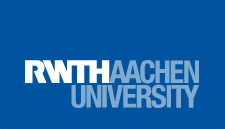Schlagwort: ‘Promotion’
I´m gonna be an Engineer – Team HVT
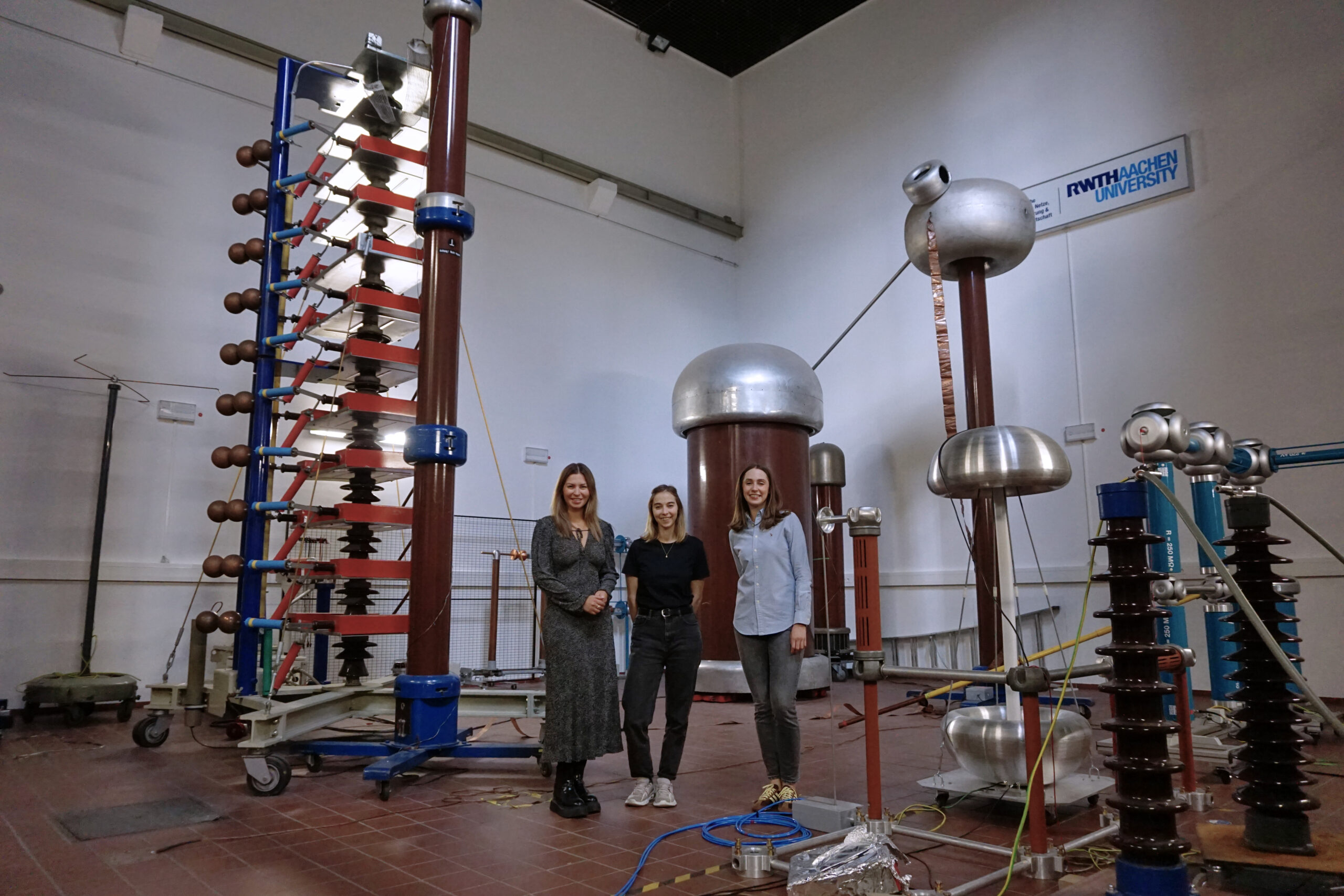
In the field, lightning strikes and other extreme events can push the power infrastructure to its limits. To ensure safe operation, tests can be carried out using high-voltage generators.
The High Voltage Technology (HVT) research and teaching unit is actively involved in developing new solutions for the energy transition. Here, three members of the team give an insight into their day-to-day work.
Through your research, you are committed to pushing the boundaries of innovation in the energy sector. But where did you start? Alexandra, what subjects were you interested in at school and what happened then?
‘My journey into the energy sector began when I was still at school. From an early age, I had a strong interest in scientific subjects, especially physics and mathematics. When I was at school, my secondary school had a direct cooperation programme with the university where I later completed my Bachelor’s degree. As part of this programme, we were able to attend additional courses after school, which allowed us to get to know different aspects and types of STEM subjects better. I had always been fascinated by physics, but I soon realised that I wanted to study engineering. What ultimately led me to electrical engineering was my desire to solve real-world problems and drive innovation.’
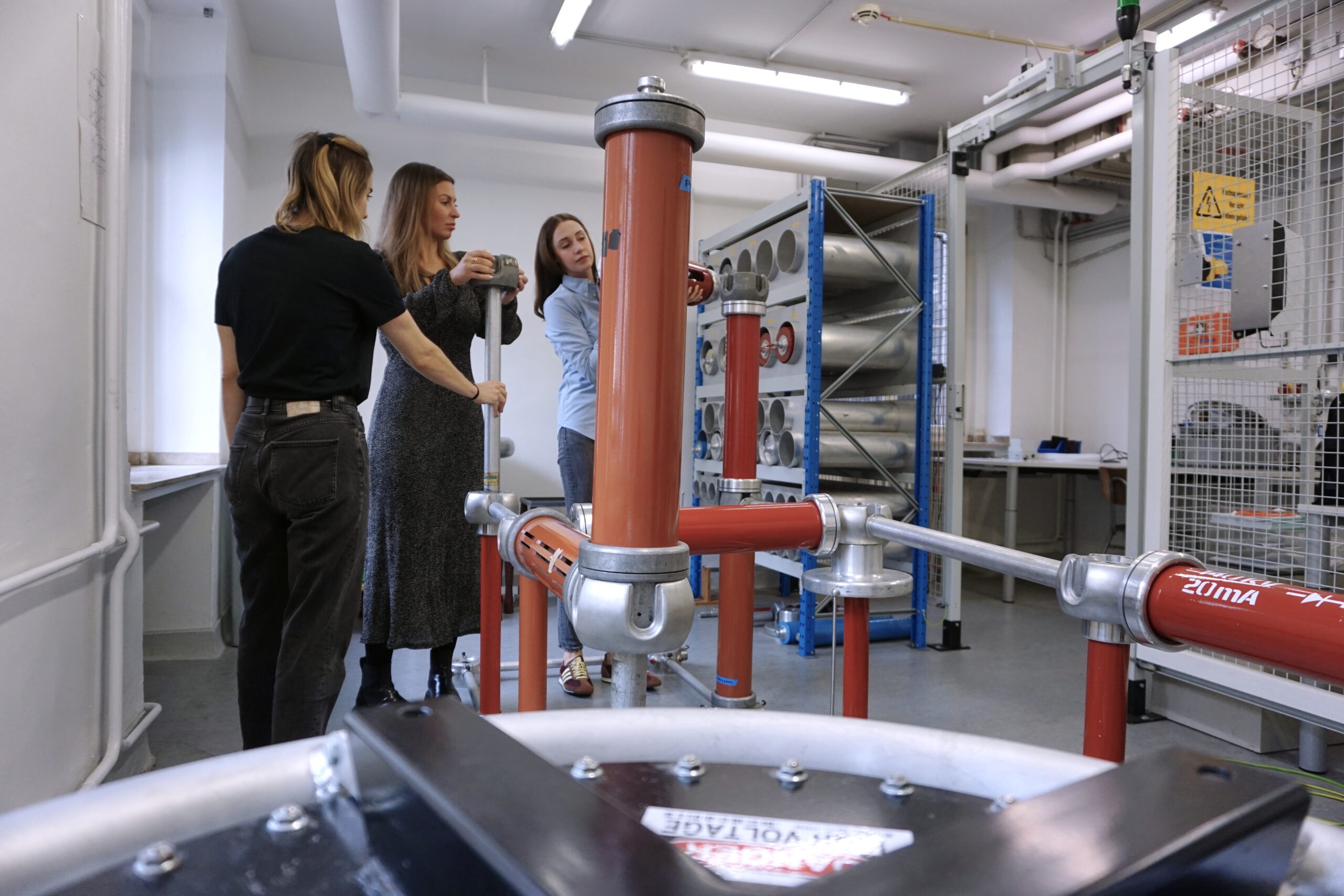
A test bench has been set up for electrical engineering and information technology students to put their theoretical knowledge to the test.
The rapid transformation of the energy system is creating new challenges. Electricity highways such as Südlink and Südostlink will transport electricity from onshore and offshore wind farms from the north to all parts of Germany. They will use high-voltage direct current (HVDC) transmission. You are researching insolation systems under direct current load. What are the advantages of direct current (DC) over alternating current (AC)? And why is a reliable isolation system so important?
‘Projects such as Südlink and Südostlink use high-voltage direct current (HVDC) to transport electricity efficiently over long distances. HVDC has the advantage over alternating current that it offers lower transmission losses, higher transmission capacities and improved grid stability. In addition, HVDC can be easily integrated into existing grids. A reliable insulation system is essential to ensure the safety and efficiency of the entire transmission system. In addition to withstanding the high loads associated with stationary power transmission, the insulation must also be able to withstand short-term transients of overvoltage. The correct functioning of the insulation system is critical to the proper operation of the entire energy system, as critical infrastructure such as power cables, converters and power transformers require a properly functioning insulation system. Our research focuses on optimising these systems to increase the reliability and lifetime of transmission networks, ultimately supporting the energy transition.’
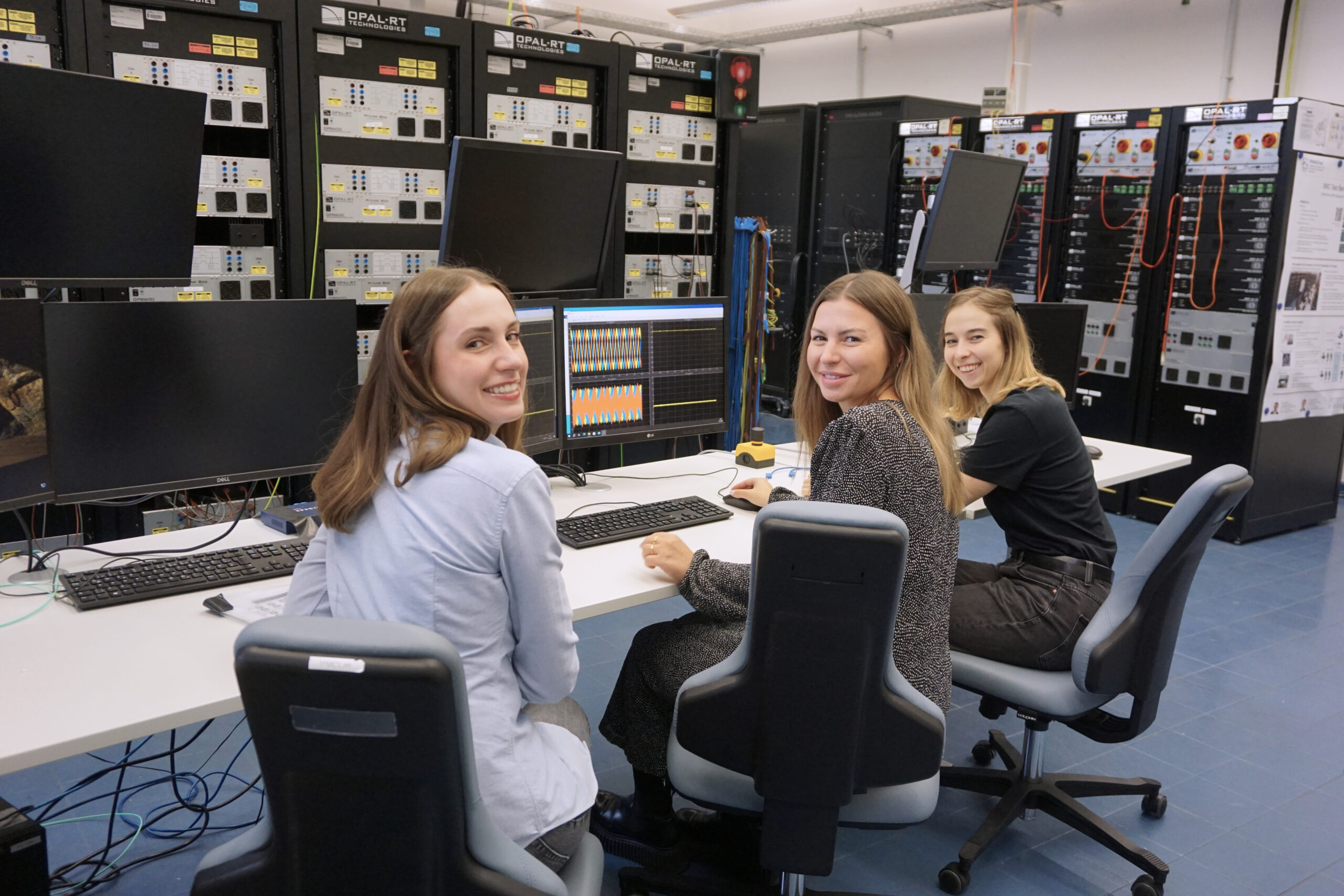
One application for the MMC test bed is the safe and ‘intelligent’ integration of electricity from offshore wind farms into the onshore transmission grid. Eight laboratory-scale modular multilevel converters (MMCs) enable the simulation of different systems and scenarios in real time, making it possible to plan the implementation of the energy transition.
In a vision of the future, we will be driving autonomous cars that we charge with renewable electricity from the ‘smart grid’. From your research perspective, what demands will be placed on the electricity grid? What groundbreaking developments are you working on? And what projects are you most excited about?
‘The electricity grid must meet many requirements to ensure a reliable and efficient supply of energy. In our research area, we work on different aspects of the energy transition, divided into the Insulation Systems, Primary Technology and Diagnostics and DC Systems teams. This allows us to cover both the ‘big picture’ of the grid and the ‘small picture’ of the critical components in the grid. With today’s focus on the new green power system of renewable energy and environmentally friendly circuit breakers, we are working on exciting projects that will enable this transformation. These include DC switches for DC systems and advanced environmentally friendly insulation systems for various applications. Another important aspect of our work is the integration of new technologies into existing systems to ensure a smooth transition. What I find particularly exciting are projects that deal with the further development and adaptation of existing equipment in the context of the energy transition. This work helps to ensure that the existing electricity system continues to operate efficiently and reliably, while at the same time driving the transition to renewable energy and modern technologies.’
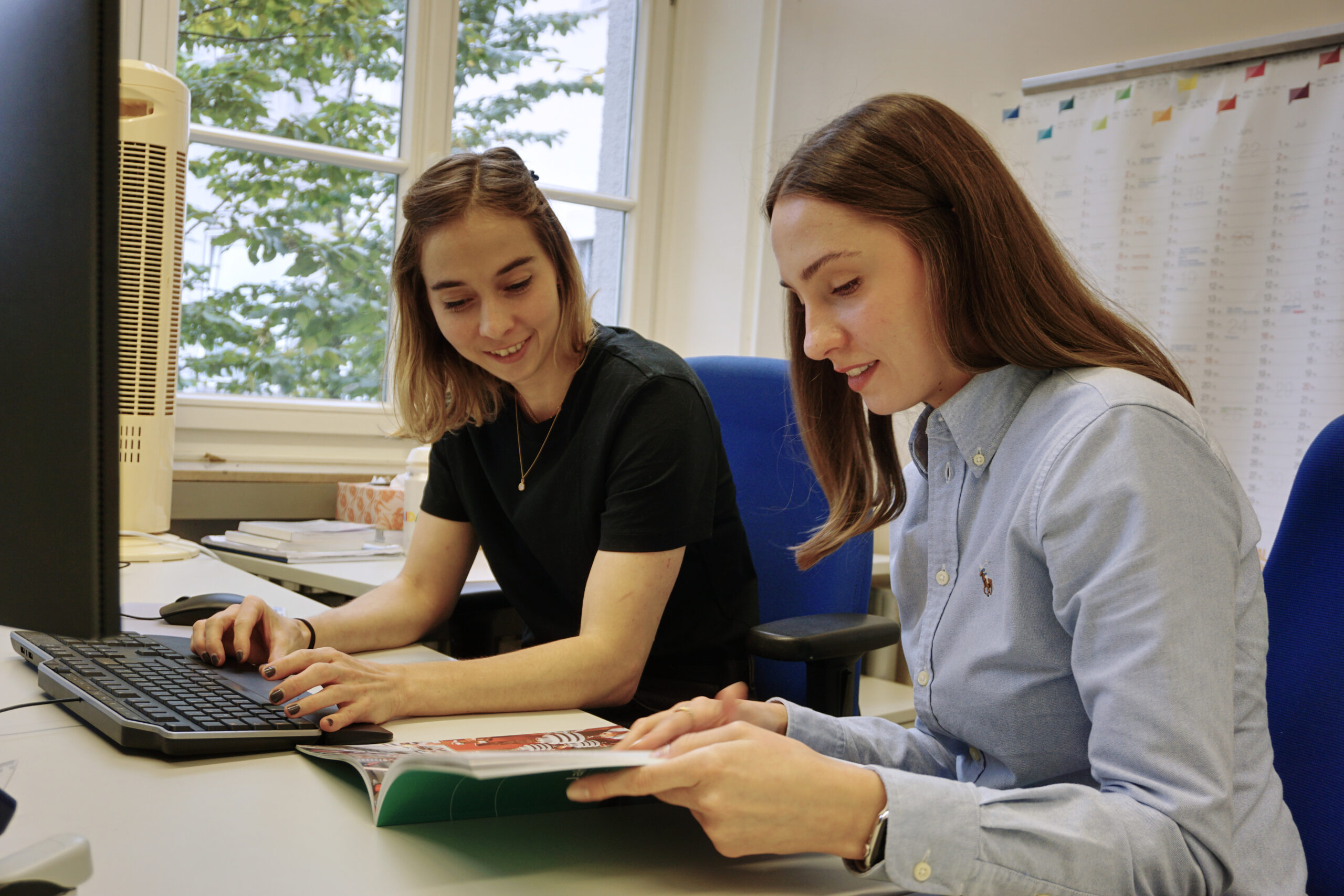
From left: Verena West is researching new types of circuit breakers as components of a meshed AC grid. Aleksandra Wiecha is researching the lifetime of insulation systems in the context of distributed energy generation and supply.
Your research will cover a broad spectrum from modern electrical systems to control and protection concepts for future power grids. You have a state-of-the-art laboratory infrastructure at your disposal. Verena, what is a typical working day like? What other aspects of the job are important? How important is teamwork and other soft skills?
‘In the mornings, I start at least an hour before I start working with the students (final year students and student assistants) in the lab. During this time, I deal with my emails and try to find time to work on my thesis topic. When the students arrive, we go through the plan for the lab day and I give them the go-ahead to start their experiments. Then I go back to my desk and work on various projects, analysing the results of experiments or working on my dissertation. If there are problems in the lab, I help out. Teamwork is very important to me, because you can’t get very far in the lab without working together. The support and guidance from experienced colleagues is very helpful. As the work as a research assistant covers many different topics, the ability to quickly familiarise yourself with new problems is also extremely important, as is good time management.’
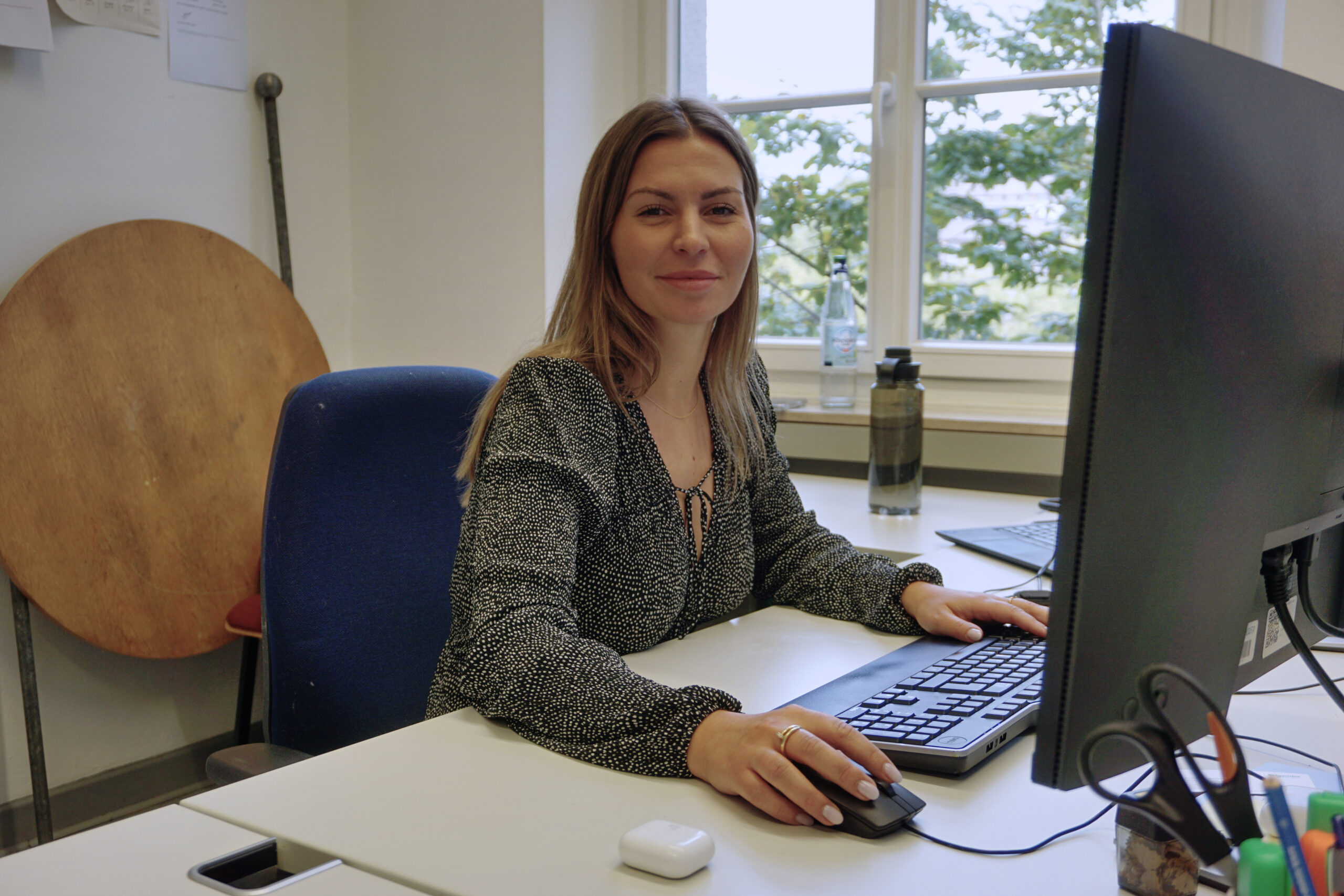
Sarah’s research focuses on the protection of AC lines in the transmission grid as the share of renewable energy increases.
Diversity and equal opportunities are core values in your team. Sarah, what does work-life balance mean to you personally and do you live it?
‘Work-life balance is a popular trend these days. In addition to my professional life, I regularly commute between my home in Bavaria and Aachen. This situation poses a particular challenge when it comes to finding the perfect balance. I have learnt that work-life balance does not necessarily mean an equal division of time between work and private life. It is more about setting priorities and making compromises in order to integrate both areas in the best possible way. It’s important to define what work-life balance means to you individually, rather than following general trends. To balance my professional and personal responsibilities, I rely on clear prioritisation and good organisation. I consciously make time for sport, activities with family and friends, travel and also periods of rest to ensure a sustainable balance. The support of my environment plays an important role in this. Of course, there are periods when one area requires more attention than the other, but overall I always strive for balance.’
Be inspired and find your own way!
On our website we inform you about our study programmes.
A work of possibilities – Team AEV
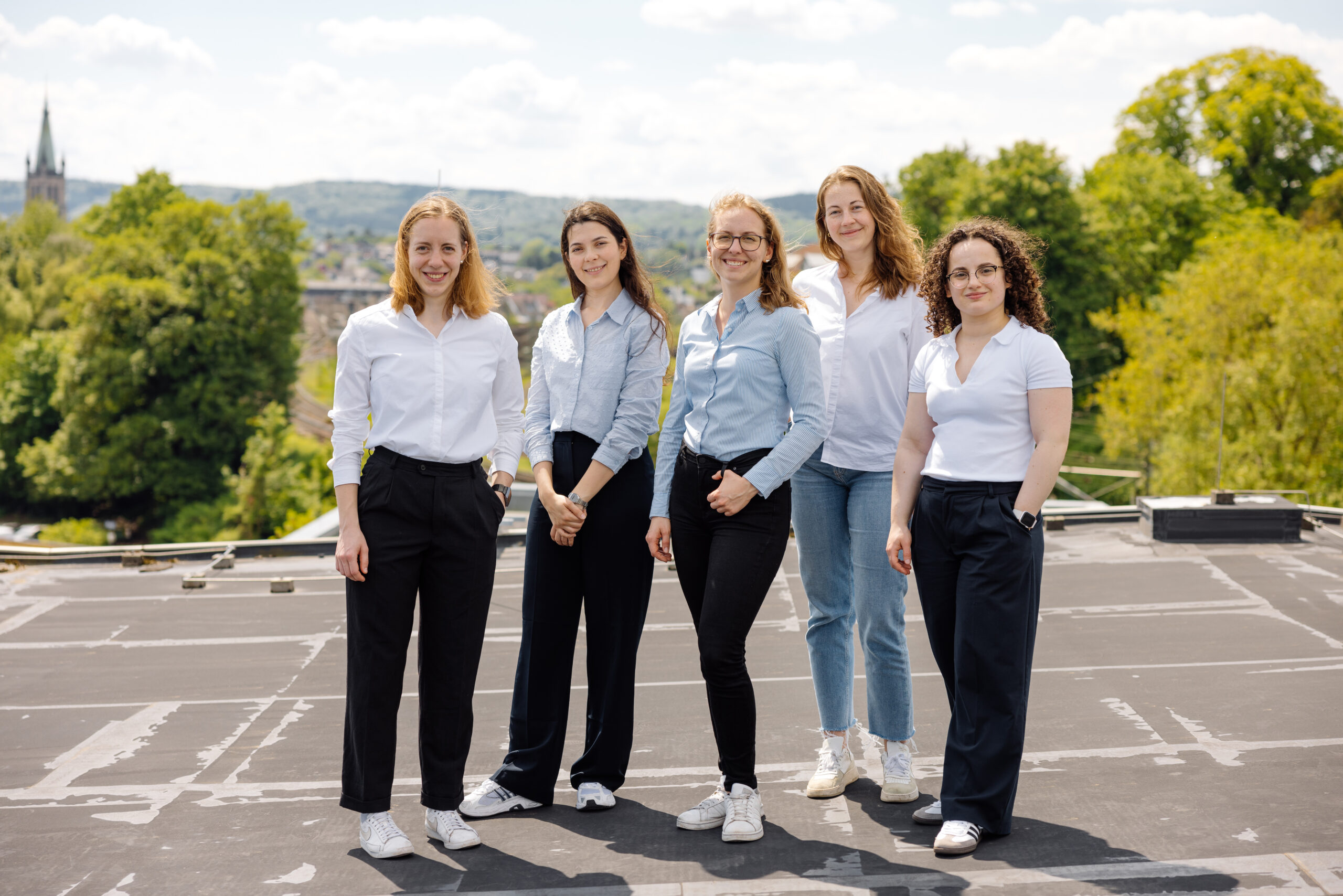
From the left: Almut Herzog, Sarra Bouchkati, Irina Zettl, Franziska Tischbein, Antigona Selimaj © Martin Braun
The Chair of Active Energy Distribution Grids at the Institute of High Voltage Equipment and Grids, Digitalization and Energy Economics (IAEW) currently employs five female researchers who demonstrate how varied and exciting a technical degree and subsequent doctorate can be.
Each has a unique educational background – from electrical and industrial engineering to physics and computer science. What they all have in common is a shared motivation: A passion for science and a desire to shape the future through technological innovation. Their topics range from the design of protection systems and cybersecurity to the use of AI in network operations. Whether simulating on the computer or experimenting in the lab, each contributes their unique knowledge and can build new expertise in previously unknown areas.
Antigona, team leader of the Resilient Grid Control Technology group, explains her motivation for studying industrial engineering with a focus on electrical engineering:
„Even at school, I was very interested in maths and physics. I was also fascinated by electrical engineering as a branch of physics, and I thought that combining it with business administration would open up excellent career opportunities.“
STEM professions are not only in high demand in many sectors, they also offer excellent career prospects. The high need for skilled professionals ensures job security and stable career prospects. These professions also open up international opportunities, whether through projects abroad or working in international teams.

Making a social contribution to the energy transition is now particularly important to Antigona. In this respect, she feels it is her responsibility to act as a role model for young women who also want to pursue a career in STEM professions:
„I would like to set a good example and encourage young women to develop their own potential.”
When it comes to doctorates, everyone agrees that they allow you to constantly learn new things and develop yourself. In addition to personal growth, this position would offer the opportunity to play an active role in shaping social development. Being active in research would therefore mean to work on precisely those projects that have the potential for meaningful change.
„Doctoral studies allow us to work on cutting-edge technological and scientific innovations,” explains Antigona.
The work of the Chair of Active Energy Distribution Networks is characterised by a wide variety of projects carried out with both research and industrial partners. There are simulative projects, where computer models are used to analyse and predict complex systems, and laboratory-based projects, where practical experiments and physical tests are carried out on energy systems.
The research projects are often closely linked to the doctoral topics of the staff and lead to the publication of research results in renowned scientific publications. The exchange with other research institutions and universities promotes an intensive scientific discourse and contributes to the further development of the projects. In addition, participation in international conferences offers the opportunity to present research results to a wide audience and to gain new insights.
Industrial projects at the IAEW are a unique opportunity to actively participate in the strategic decisions and innovation processes of companies. These projects enable staff to gain relevant practical experience during their doctorate and to make a significant impact at an early stage. By working directly with industry partners, they not only enhance their technical expertise, but also develop important project management and strategic planning skills. They can also build a strong network of industry partners during their time at university.

In addition, a doctoral degree offers a wide range of opportunities for personal and professional development. By taking on new positions within the Institute, employees can strengthen and expand their leadership skills. This experience is crucial for a successful career in industry and prepares them for future leadership roles.
Be inspired and find your own way!
On our website we inform you about our study programmes.
Who run the work? – Team ÜEW
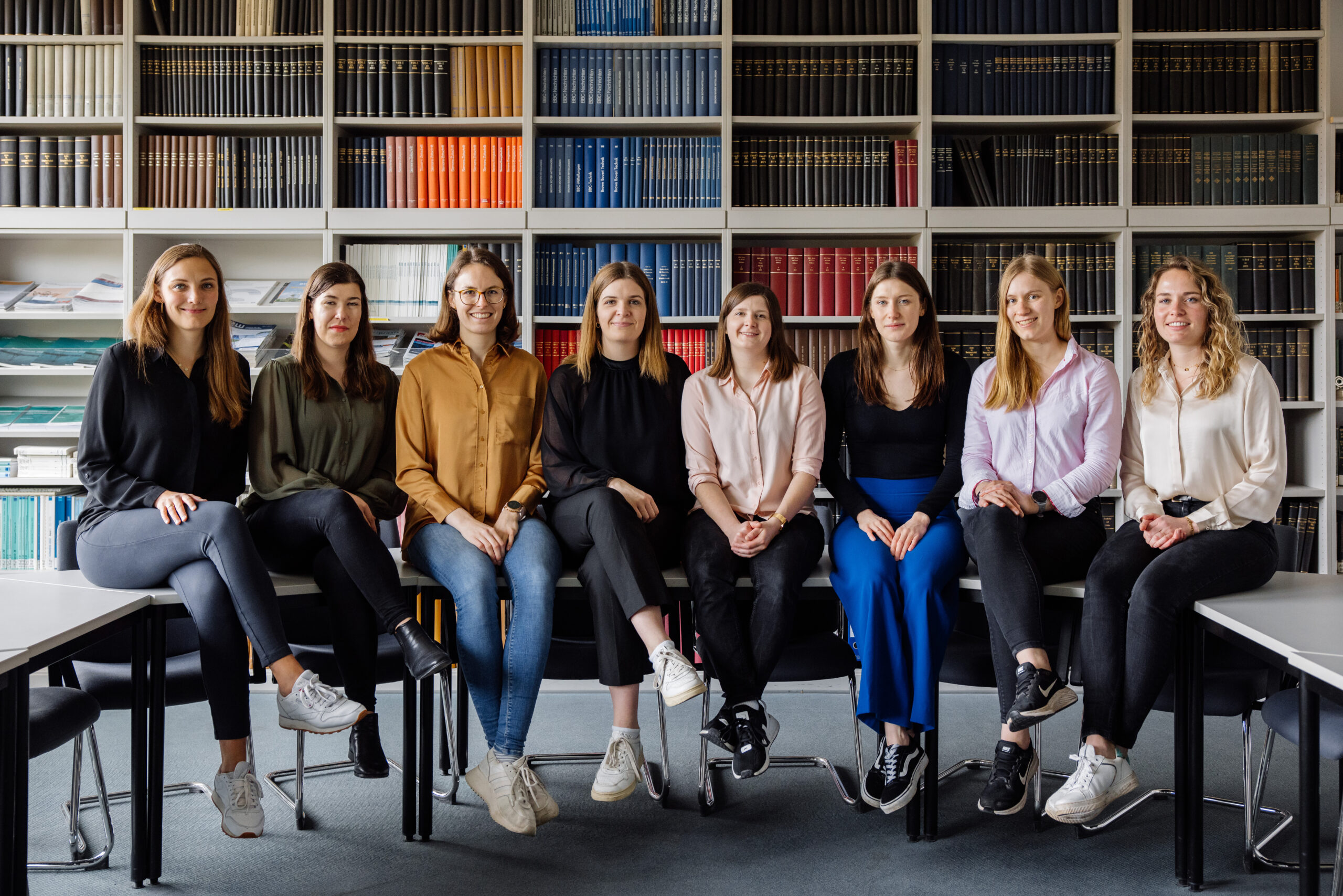
From left: Stefanie Samaan, Ricarda Kriete, Carolin Guntermann, Sophia Tepe, Lina Fischer, Muriel Krüger, Jana Einsiedle, Claire Lambriex ©Martin Braun
A look at the team from the chair of Transmission Grids and Energy Economics at the Institute of High Voltage Equipment and Grids, Digitalization and Energy Economics (IAEW) presents a pleasing picture for the field of electrical engineering: almost a third of its researchers are female.
The share of women in engineering has increased in recent years, and female engineers are a natural part of an institute team. All of the female researchers in the team have completed a degree in the field of electrical engineering and then decided to complete a doctorate at the university and start their professional career here. Of course, working in electrical engineering requires a certain interest in science and technology, but the key to success and fun is usually the curiosity to understand new things.
We are always motivated by the question: ‘How does this work?’, says Lina Fischer, who is researching a robust planning model for the future energy system.
The next step is simply to have the bravery to actively pursue these questions – even if it means venturing into the unknown.
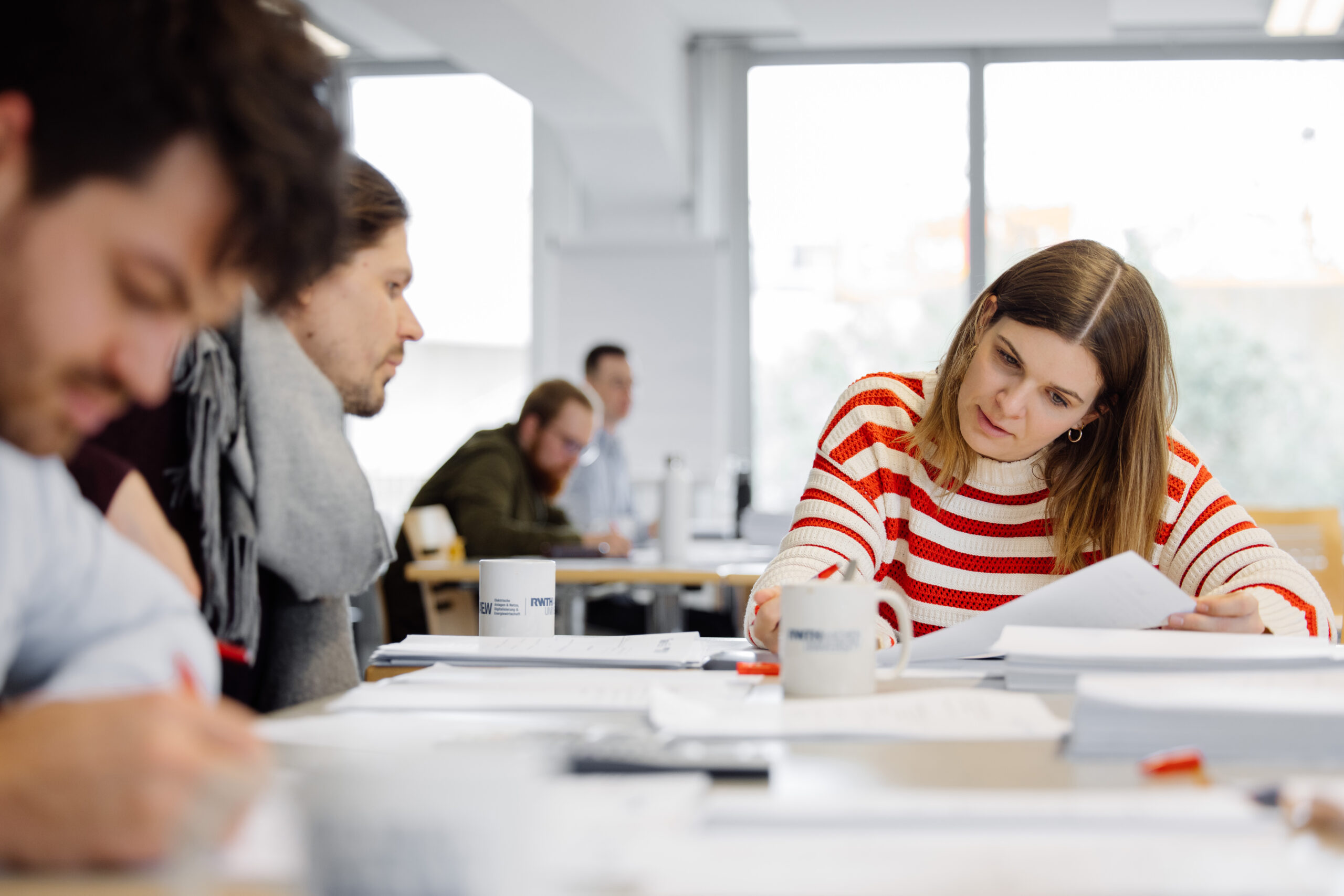
© Martin Braun
Everyone at the IAEW is driven by the vision of researching and developing solutions for the energy transition. The work at the chair of Transmission Grids and Energy Economics is primarily focusing the question:
„How should we design the future energy system so that it is environmentally friendly, reliable and economically efficient?“
This covers a wide range of interesting aspects. For example, lot of research is done on how the large amounts of energy from photovoltaic and wind energy plants, as well as alternative energy sources such as hydrogen, can be integrated into the current energy system. The transmission grid for electricity is essential for this. It can be seen in everyday life, for example, by the high-voltage power lines running alongside the freeways. The transmission grid enables electricity transport over long distances and thus the transport of large amounts of energy from wind turbines in northern Germany to regions with high electricity consumption. Current projects at the chair are investigating how the transmission grid needs to be expanded and operated in the future in order to facilitate the energy transition. Research is also ongoing in determining the locations where power lines to offshore wind turbines in the North and Baltic Seas should be connected to the grid or where large electrolysis plants for the production of hydrogen should be positioned. In addition to the technical aspects of the components, these studies must also take economic aspects into account, such as the costs arising from investments or possible congestions in the transmission grid.
In general, the consideration of economic and market aspects plays a major role in the transformation of the energy system. European efforts to further strengthen electricity trading between the individual countries are leading to increasing electricity exchanges in Europe and thus to further challenges for the transmission grid. The chair is therefore developing methods and models to simulate the European electricity markets. In this way, various future developments can be examined and their potential impact on market participants and the transmission grid can be analyzed.
A further focus of the chair is to deal with innovative concepts that will ensure the secure and reliable operation of transmission grids in the future and thus protect against blackouts. To this end, models and processes must be developed that can represent and investigate the dynamic system behavior of transmission grids and their components under changing conditions.
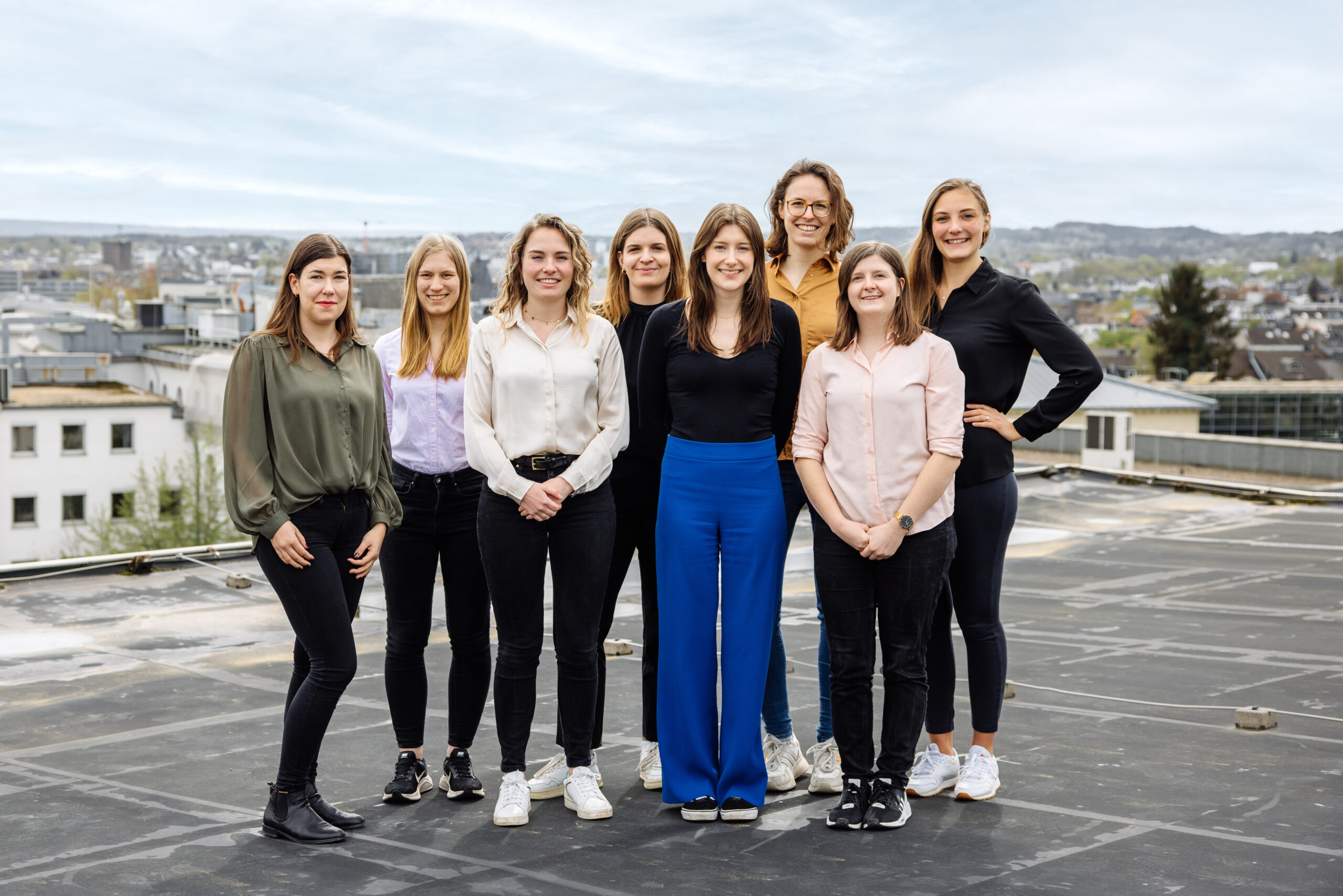
© Martin Braun
When you think of working at a university institute, your first thoughts usually revolve around working solely on your own research project. This often gives a false impression of work life at an institute, especially in the field of engineering. Work at the IAEW is characterized above all by the variety of different projects with both research and industrial partners. This allows you to get to know different topics and to gain a wide range of experience. You are often involved from the very beginning of the projects through working on them on to the presentation of the results. The different project teams make the collaboration very varied. In addition to scientific knowledge, your time at the institute gives you the opportunity to acquire a range of skills that qualify you for management positions in the industry.
Of course, you also experience many other things that make working at the institute worthwhile.
“In particular, the joint activities with other young colleagues after work, various institute traditions, parties and sporting events are all part of it.”
Notably, the IAEW also offers the opportunity to gain insight into the institute and its research topics through student assistant jobs or a thesis.
Be inspired and find your own way!
On our website we inform you about our study programmes.
